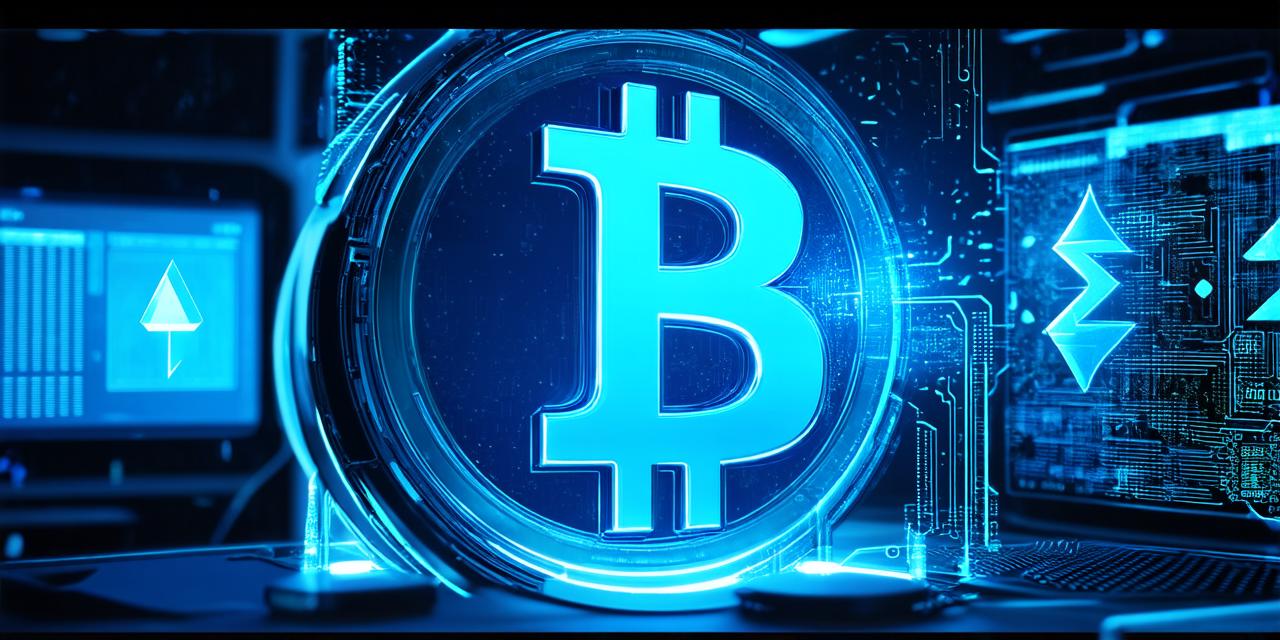Cryptocurrency is becoming increasingly popular as a form of digital currency. With the rise in popularity, it’s no surprise that many people are looking to extract cryptocurrency from their investments. However, extracting cryptocurrency can be a complex process that requires knowledge and expertise in the field. In this guide, we will explore how to extract cryptocurrency and provide you with the tools and knowledge you need to succeed.
Understanding Cryptocurrency Extraction
Cryptocurrency extraction is the process of removing a cryptocurrency from its original source and converting it into another cryptocurrency or fiat currency. This can be done through various methods, including mining, staking, and trading.
Mining
is the most common method used to extract cryptocurrency.
Mining
involves using specialized computers to solve complex mathematical equations in order to validate transactions on a blockchain network. The reward for solving these equations is new coins or tokens that are added to the network. To mine successfully, you will need to invest in high-performance computing equipment and have a deep understanding of blockchain technology.
Staking
is another method used to extract cryptocurrency.
Staking
involves locking up your cryptocurrency on a blockchain network in order to help secure the network and validate transactions. In return, you are rewarded with new coins or tokens that are added to the network.
Staking
requires less computing power than mining but still requires a significant investment of cryptocurrency.
Trading
is another way to extract cryptocurrency. This involves buying and selling cryptocurrencies on a digital exchange.
Trading
can be done quickly, making it an attractive option for those looking to make a quick profit. However, trading also carries significant risk, as the value of cryptocurrencies can fluctuate rapidly.
Steps to Extract Cryptocurrency
Now that you have an understanding of the different methods used to extract cryptocurrency, let’s take a look at the steps involved in each process.
Mining

- Purchase mining equipment: To mine successfully, you will need to purchase high-performance computing equipment such as graphics processing units (GPUs) or application specific integrated circuits (ASICs). These devices are specifically designed for cryptocurrency mining and can help you solve the complex mathematical equations required to validate transactions on a blockchain network.
- Choose a cryptocurrency to mine: There are many different cryptocurrencies that can be mined, each with its own unique characteristics and rewards. Some popular options include Bitcoin, Ethereum, and Litecoin.
- Join a mining pool:
Mining
can be done individually or as part of a mining pool. A mining pool is a group of miners who work together to solve the complex mathematical equations required to validate transactions on a blockchain network. By joining a mining pool, you will have access to more computing power and a larger chance of earning rewards.
- Set up your mining equipment: Once you have purchased your mining equipment and joined a mining pool, you will need to set it up in order to start mining. This typically involves installing the necessary software and configuring your settings to optimize performance.
- Monitor your progress: As you begin to mine, you will want to monitor your progress closely in order to ensure that your equipment is running efficiently and earning rewards. You can do this by checking your mining pool’s dashboard or by using specialized mining monitoring software.
Staking
- Choose a cryptocurrency to stake: Like mining, there are many different cryptocurrencies that can be staked, each with its own unique characteristics and rewards. Some popular options include Ethereum, Tezos, and Cosmos.
- Set up your staking wallet: In order to stake your cryptocurrency, you will need to set up a staking wallet. This is a digital wallet that is specifically designed for holding and staking cryptocurrencies. There are many different types of staking wallets available, each with its own features and benefits.
- Deposit your cryptocurrency: Once you have set up your staking wallet, you will need to deposit your coins or tokens in order to start staking. This typically involves transferring your coins or tokens from your regular wallet to your staking wallet.
- Choose a staking pool: Like mining, staking can be done individually or as part of a staking pool. A staking pool is a group of stakers who work together to help secure the network and validate transactions on a blockchain network. By joining a staking pool, you will have access to more computing power and a larger chance of earning rewards.
- Monitor your progress: As you begin to stake, you will want to monitor your progress closely in order to ensure that your cryptocurrency is
